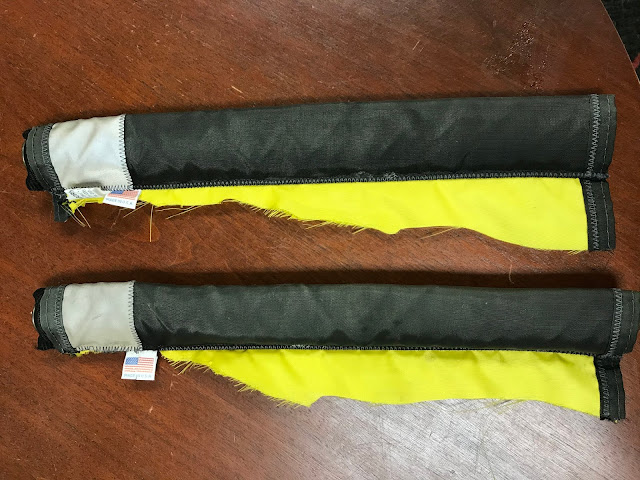Beginning in December, we will begin our annual cart path replacement to repair several areas around the entire Club property. Over the last 5 years the Board has directed the funding of $20,000 to $30,000 each year for cart path repairs to help repair some very rough and cracked panels. This allotted money has helped to improve many areas across the golf course and Club grounds, but each year many areas in need of repair remain untouched. This year, the Board agreed to increase the amount of cart paths repaired by allocating $100,000. This will be a huge help in getting us back to the point where $20,000 or so each year will help us repair what is needed, thus eliminating multiple rough areas when we are finished.
So why in the world do we spend so much money on the cart paths? For starters, the 27 holes of golf at MCC contains over 6 miles of cart paths! Some of the cart paths which are cracked and broken today are original to the golf course when it was built in 1990. Others are newer panels which have been replaced more recently but broken by tree roots underneath or equipment driving over the top. The concrete lasts up to 30 years in some areas with no tree roots, but might only last 8-10 years in heavily treed areas. Daily wear and tear will degrade each panel of concrete over time, so it is important to replace the bad areas each year in order to not fall behind and have to play catch up, which is expensive!
The focus of this project will be to replace the areas of the cart path which are currently very rough and bumpy to drive a golf cart. Many of the cart paths have cracks throughout, but are still smooth to drive on. We will not focus on the minor cracks at this time if they still drive smoothly. Some of the golf holes in need of the most repair on the original 18 holes include #14, #9, #5, #10, and #8 tee box. We will also plan to repair all of the bumpy or broken areas on the Overlook 9 holes.
During this project, we will direct all cart traffic around the areas under construction. Please be aware of rope and signs directing you where to go. In favorable weather we should be able to complete the project in 3-4 weeks. New cart paths will help provide us a smooth start to the New Year with many cracked and rough areas being repaired!


















































